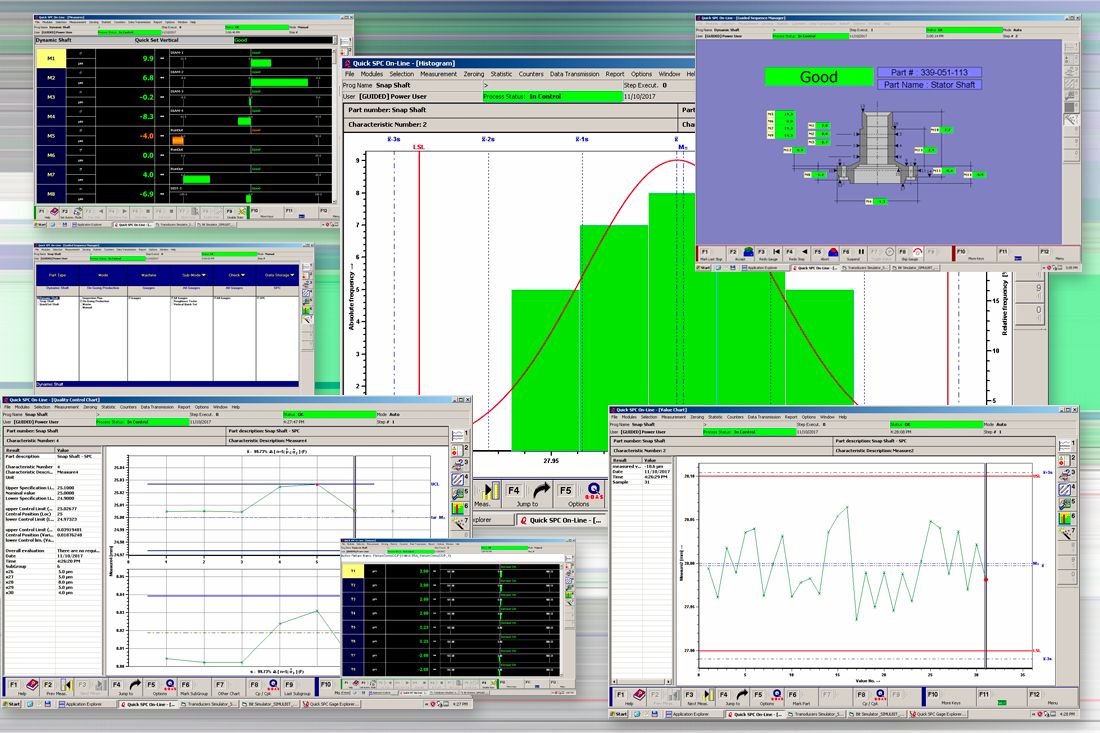Statistical Process Control is a quality control method, based on statistical analysis. This method was created in the 1920’s at Bell Laboratories from the ideas and insights of Walter A. Shewart.
The theory of SPC is based on the observation that any manufacturing process contains many sources of variability. Although the goal is to obtain the highest quality possible (i.e.conformance to specification), variability will prevent two produced parts from being exactly identical.
Two types of variability are:
- Common causes: are caused by unknown factors that create random distributed outputs at the time of the process.
- Special causes: are caused by external factors which are limited in time and affect only a subset of the production, making them sporadic and unpredictable.
The process is stable if you are able to identify and remove this second kind of variation; SPC analysis helps in this identification.
SPC defines three phases of activity:
- Understanding the Process: the process must be identified in its behavior and the specification limits of each controlled characteristic must be defined.
- Special causes of variation must be eliminated, so that the process is stable.
- Monitoring the Production Process using Control Charts: these charts are used to detect on time changes in the mean or variance of the controlled characteristics. The target of a Control Chart is to identify common causes of variability which are always present and distinguish them from special causes.
SPC goal is not to check if a part is good, rather to try to anticipate and prevent the production of bad parts. This is done by identifying the causes that could lead to their production, using Control Charts as a prediction tool. As soon as the Control Chart signals the presence of an unstable process (SPC alarm), actions must be taken to bring the production under control; thus limiting part rejection and the slow down of the production line.
When the Control Chart does not signal any alarm, the process can be considered “stable” or “under control”; and its “Process Capability” can be calculated with a "Capability Study". The Process Capability is an index that calculates the ability of the process to produce parts, within specified limits, in the future.
The initial Shewart theory was based on processes whose characteristics are described only by a normal distribution. With time, SPC has been improved with its ability to analyze continuous characteristics described by different distributions (using the Pearson Charts), discrete characteristics (using P-Charts and NP-Charts), and discrete characteristics having more than one defect (C-Charts and U-Charts).
